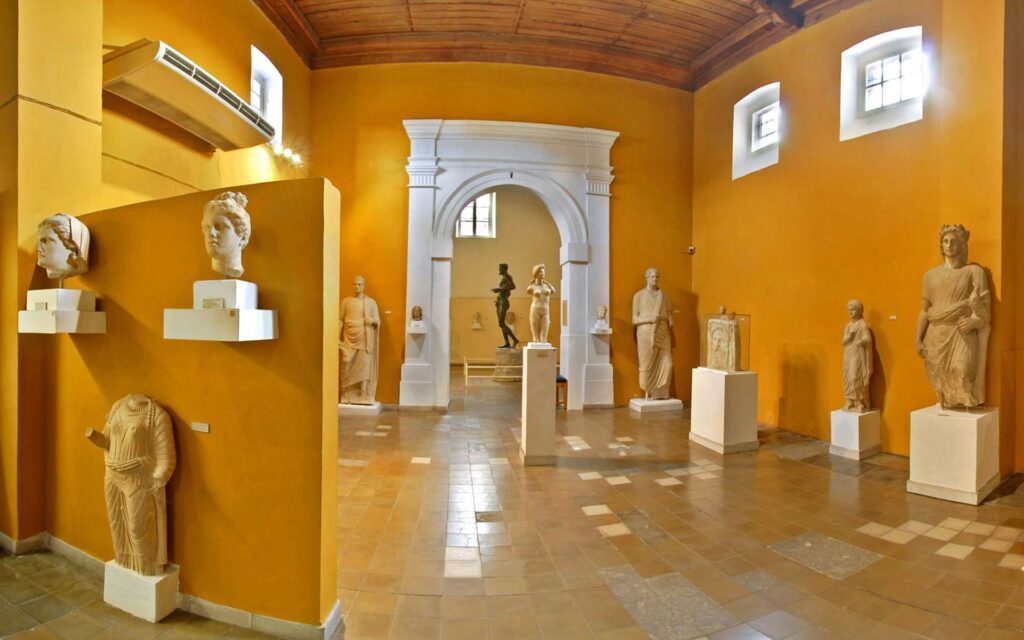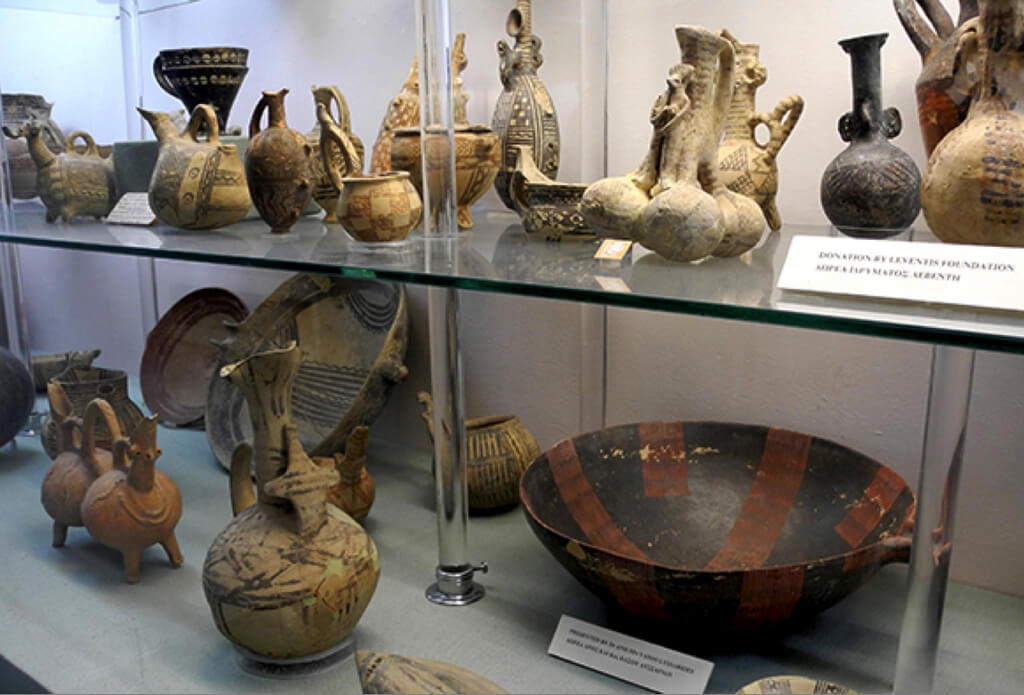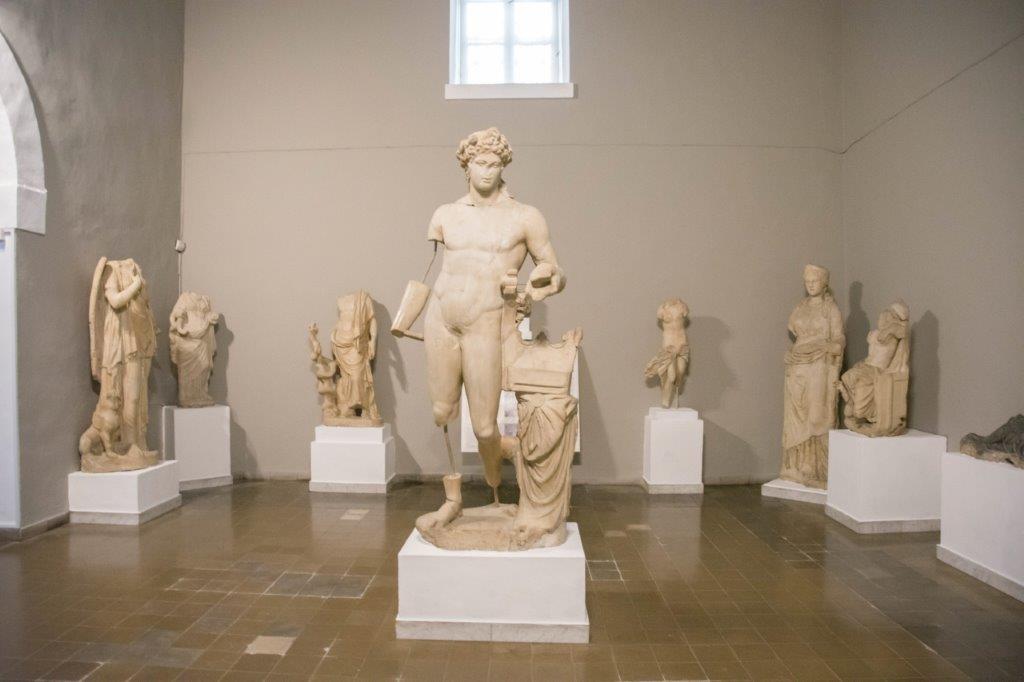Known as the Cyprus Museum
The Archaeological Museum in Nicosia, officially known as the Cyprus Museum, serves as the premier institution for exploring Cyprus’s rich archaeological heritage. Located in the heart of the capital, this museum offers a comprehensive journey through the island’s history, from the Neolithic period to the Byzantine era. Its extensive collections and exhibits showcase the diverse and multifaceted cultural heritage of Cyprus.
Established in 1882, the Cyprus Museum stands as the oldest and largest archaeological museum on the island. The building itself, a neoclassical structure, reflects the historical significance and dedication to preserving Cyprus’s past. Upon entering, visitors encounter a well-organized layout that guides them chronologically through various historical periods, providing a clear and engaging narrative of the island’s development.
The museum’s Neolithic Period Collection
The museum’s Neolithic collection introduces visitors to the earliest inhabitants of Cyprus. Displays include tools, pottery, and figurines, such as the famous idol of Pomos, a striking representation of prehistoric art. These artefacts reveal the daily lives, beliefs, and artistic expressions of the island’s first communities.
The Bronze Age
In the Bronze Age galleries, the museum highlights the emergence of complex societies and trade networks. Exhibits feature items like pottery, weapons, jewellery, and intricate figurines from Enkomi, a significant Bronze Age city. These artefacts illustrate the advancements in craftsmanship and the extensive trade connections with neighbouring civilizations such as Egypt and the Aegean.
The Museum’s Collection
The museum’s collection from the Geometric, Archaic, and Classical periods showcases the cultural and artistic flourishing of ancient Cyprus. Visitors can admire the stunning terracotta statues from the sanctuary of Ayia Irini, which depict gods, warriors, and animals. These statues provide insights into the religious practices and artistic achievements of the time. Additionally, the museum houses an impressive array of pottery, tools, and everyday objects that paint a vivid picture of life in ancient Cypriot city-kingdoms.
The Hellenistic and Roman Periods
The Hellenistic and Roman periods receive detailed attention in the museum. Exhibits from these eras include exquisite mosaics, sculptures, and jewellery that reflect the blending of Greek and Roman influences. One notable highlight is the statue of Aphrodite from Soloi, a symbol of Cyprus’s
connection to the goddess of love and beauty. The museum also features coins, inscriptions, and household items that offer glimpses into the daily lives and economic activities of ancient Cypriots.
The Byzantine Period Collection
The museum’s Byzantine period collection focuses on the transition from paganism to Christianity. Displays include religious icons, frescoes, and ecclesiastical artefacts that highlight the spread of Christianity and the artistic transformations that accompanied it. These exhibits reveal the continuity and change within Cypriot society during this pivotal period.
The Cyprus Museum also dedicates space to temporary exhibitions, educational programs, and special events. These activities engage visitors of all ages, fostering a deeper understanding and appreciation of Cyprus’s archaeological heritage. The museum’s library and research facilities support ongoing scholarly work, contributing to the preservation and study of the island’s history.
Conclusion
A visit to the Archaeological Museum in Nicosia offers a unique opportunity to explore the rich and diverse history of Cyprus. Each exhibit, artefact, and display tells a story of the island’s past, connecting visitors to the ancient civilizations that shaped its cultural landscape. The museum stands as a guardian of Cyprus’s heritage, ensuring that future generations can continue to learn from and celebrate their shared history.






